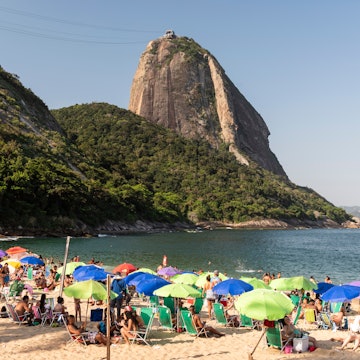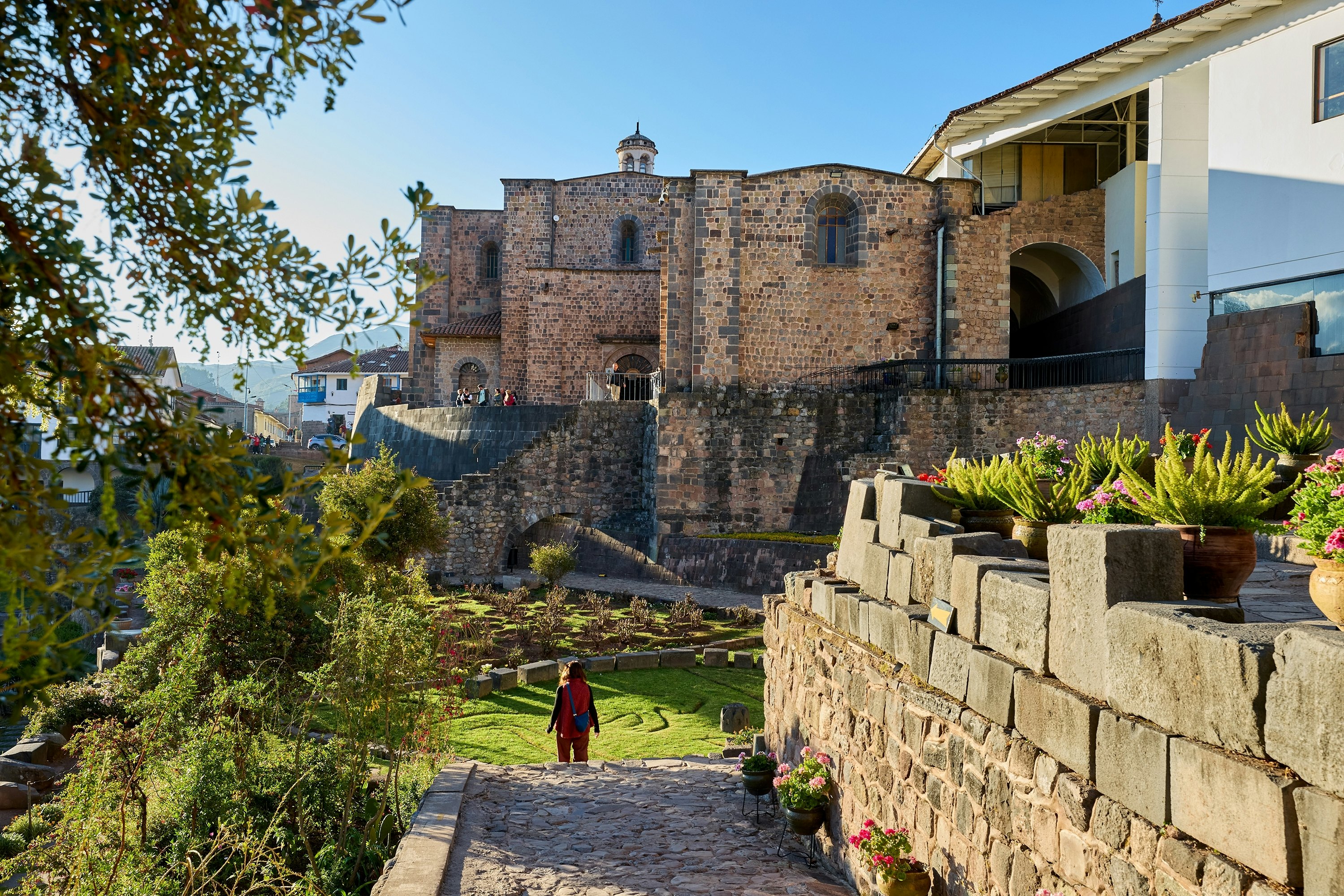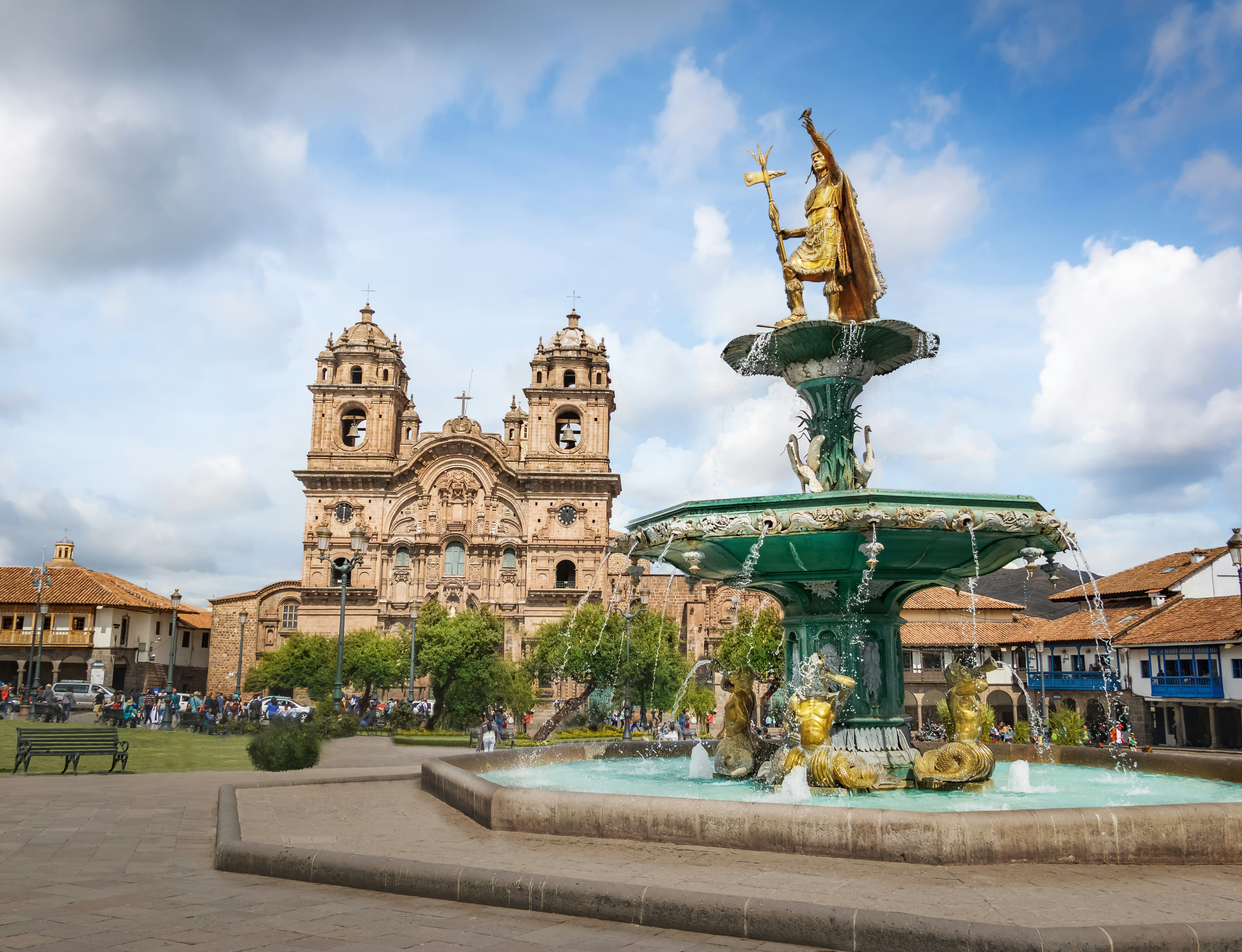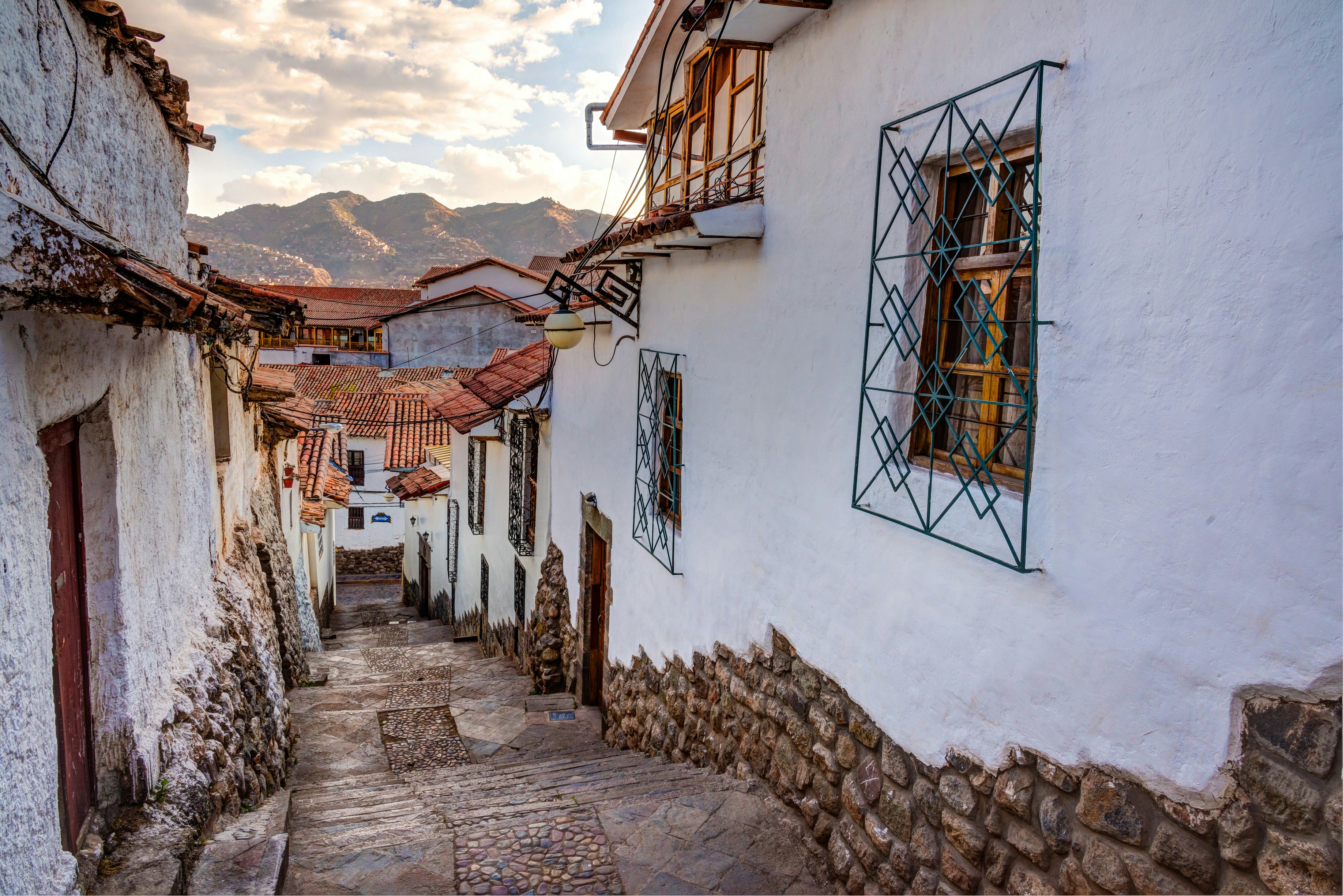

Cuzco offers layers of history and fusion cuisine to be savored. sharptoyou/Shutterstock
At 3400m above sea level, Cuzco all but demands first-time visitors slow down in order to acclimate. The reward? Unique flavors of traditional dishes and fusion cuisine to be savored; raw beauty of undulating cobblestone streets and evident layers of history; and museums and workshops housed beneath terracotta rooftops.
For the past five years I’ve lived in the Sacred Valley, a 1.5-hour bus ride from Cuzco city. A few times a year I’ll make my way south to the former capital of the Inca Empire for a weekend getaway. In between visiting classic cultural spots and archaeological sites, I can always count on a new specialty cafe or design-oriented shop to check out.
Even though many travelers see it as the gateway to Machu Picchu, the city is a destination in its own right - and a weekend in Cuzco will leave you wanting more.
When to arrive: Arrive early Thursday morning and leave Saturday night - you’ll get a taste of the nightlife without the Sunday crowds.
How to get from the airport: Use a rideshare app or an authorized taxi waiting in the parking lot of the airport.
Getting around town: Nearly all of the top sites are in the Historic Center and walkable. If feeling altitude sickness, take a taxi.
Where to stay: If you don’t mind shared rooms or are traveling in a group, Casa Tunki ($18) is a cozy hostel with a great on-site restaurant. Either location of the Niños Hotels ($60) is ideal for solo travelers or couples looking to keep their personal space. Splurge on a rustic chic room at Antigua Casona San Blas ($250).
What to pack: Sun hat, comfortable walking shoes, refillable water bottle and layers - Cuzco, especially between November and March, can go from sunny to rainy in the blink of an eye.

Day 1
Morning
After dropping your bags off at your hotel, fuel up on Andean grains at Cercania, a family-owned sourdough bakery.
A short walk away is Qoricancha, the most important Inca temple. Meaning “golden enclosure” in Quechua, this is where I bring guests first, as a guided tour will add vital context to their Cuzco experience. Dedicated to the sun deity, Inti, this temple was all but destroyed when the Spaniards built the Santo Domingo Convent atop it post-conquest, yet you can still admire original Inca walls. The combination of exquisite ashlar masonry beneath colonial constructions will follow you throughout the city.

How to spend the day
Stroll to the Plaza de Armas, Cuzco's main square. Despite being a popular thoroughfare for travelers and locals alike, the square feels expansive beneath Cuzco's blue skies and the absence of high-rise buildings. Catch your breath (it’s your first day in the high-altitude city, after all) on a bench and enjoy the views of the surrounding hillsides.
Recharge with a pour-over from Florencia y Fortunata, a women-led specialty coffee shop and visit the neighboring cultural center Augusta Espacio. Move on to the stunningly curated Museo de Arte Precolombino, facing the tranquil Plaza Nazarenas. I never tire of observing these artifacts (some dating back 3000 years) that paved the way for the Inca Empire - and that continue to inspire contemporary artists in Peru.
Dinner
Make it a late lunch or early dinner at Organika. Sourcing from their organic farm in the Sacred Valley, the cozy restaurant specializes in veggie-based dishes, but meat-eaters can find plenty of options too. Order the sweet potato ravioli and salad with smoked trout, topped off with a muña tea.
After dark
Book a stargazing experience at the Cuzco Planetarium. Even if there is a bit of cloud cover, you can still enjoy an engaging projection beneath the dome where you’ll learn about the sacred Cruz del Sur (Southern Cross) and the Inca concept of dark constellations.

Day 2
Morning
After living in Peru for well over a decade, I firmly believe a visit to a local market is one of the best ways to get a feel for the day-to-day of a city or town. Start the day with a fresh juice and simple pan con palta (bread with avocado) at Cuzco's oldest market, Mercado San Pedro. Optionally, rub elbows with the local crowd in the back food stalls and slurp down a steaming bowl of caldo de gallina (chicken soup) for breakfast.
The less orderly streets surrounding the market can be even more eye-opening. Follow the swarms of shoppers and street food vendors along Cascaparo and Tres Cruces streets for a taste.

How to spend the day
Make your way to San Blas, an artisan quarter since Inca times. Endlessly charming, you can easily linger in this barrio all day, dipping into tiny cafes or even booking an appointment at women-led Casa Siete for the ultimate souvenir.
Along the narrow cobblestone streets are gems like the unique unisex pieces of HILO and sustainably made alpaca sweaters at HJK. Feel as if you’re in the Amazon with a cacao with turmeric from Xapiri Underground.
Don’t forget to gaze out upon the red-roofed city below from the San Blas mirador (lookout).
Dinner
Served with a side of Cuzco's large-kerneled corn and bread fresh from the wood-fire oven, Pachapapa is a trusted spot for trying cuy (roasted guinea pig). Call ahead to pre-order as the dish takes one hour to prepare. Pair with a glass of Peru’s classic purple corn drink, chicha morada.
After dark
Cap off the night with a Moscow Mule (made with a Peruvian vodka) at stylish Casa Ichu. The housemade sodas and kombuchas are refreshing non-alcoholic options as well in this plant-filled oasis.

Day 3
Morning
Put your creativity to the test with a weaving workshop at Centro de Textiles Tradicionales de Cuzco (3.5 hours). This nonprofit organization empowers weaving communities throughout the region by revaluing the rich textile traditions, and it's a privilege to learn directly from the women.
How to spend the day
Feast your eyes on the incredible stone fortress Sacsayhuaman during a guided tour. To be present in this sacred site built of mammoth rocks (some weighing over 100 tons) is a humbling experience. Take time to laze in the grass afterwards, contemplating the puma-shaped outline of Cuzco.
Walk back down to the Plaza de Armas (about an hour), passing through picturesque streets like Calle Siete Borreguitos and crossing the colonial aqueduct, Sapantiana.
Dinner
After a day spent in the midst of ancient ingenuity, time travel to one of Cuzco's best contemporary culinary outputs. The rotating menu of small dishes and cocktails at Oculto keeps me coming back. Try the alpaca tartare, grilled cauliflower and gyozas stuffed with Andean fungi. Signature cocktails like the gin-based Camucha, infused with the unique Amazonian fruit camu camu, show off unique Peruvian flavors.
After dark
Say goodbye to Cuzco with one last stroll through the Plaza de Armas, where the glow of the cathedral is backdropped by a starry sky - reminding you of just how much you have yet to explore in this historic capital of the Inca Empire.














